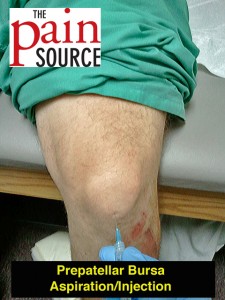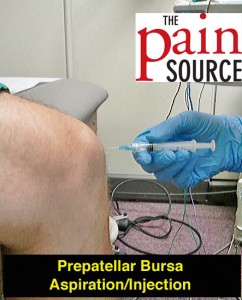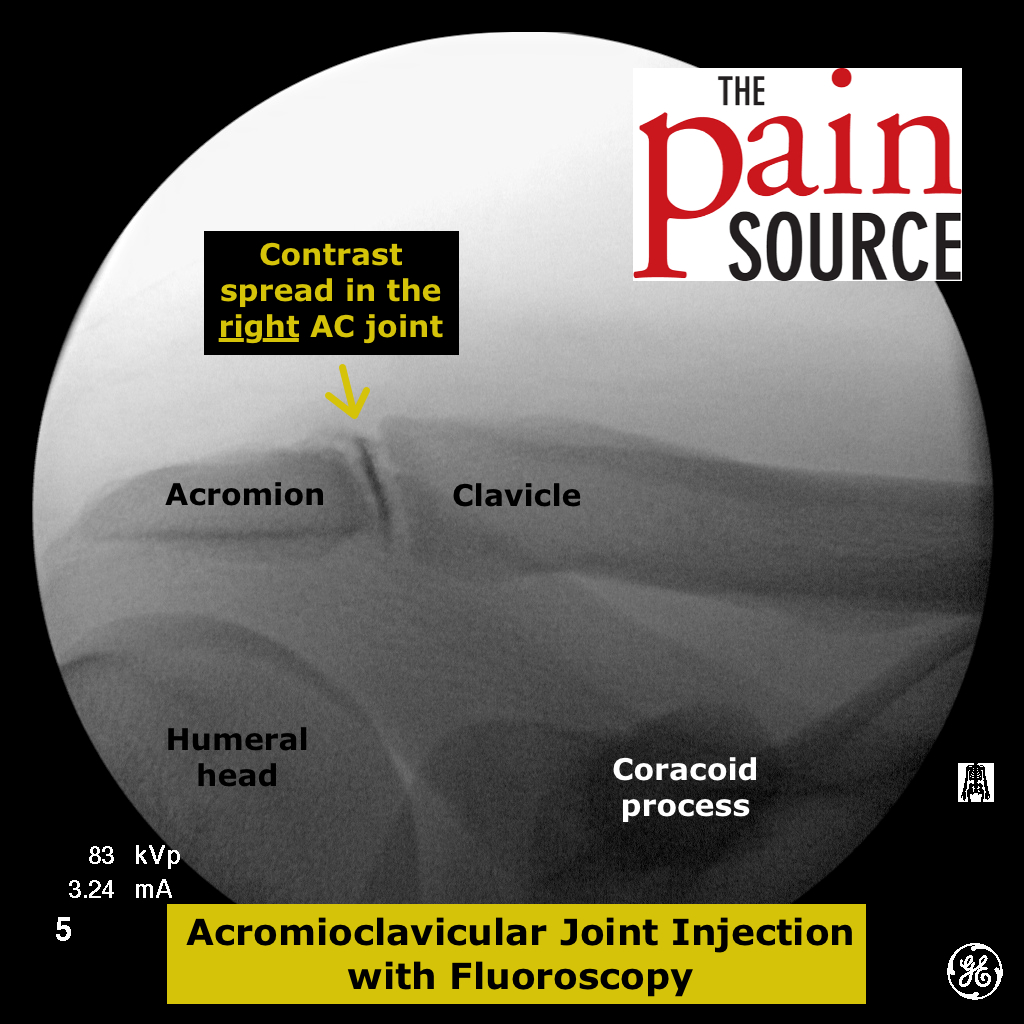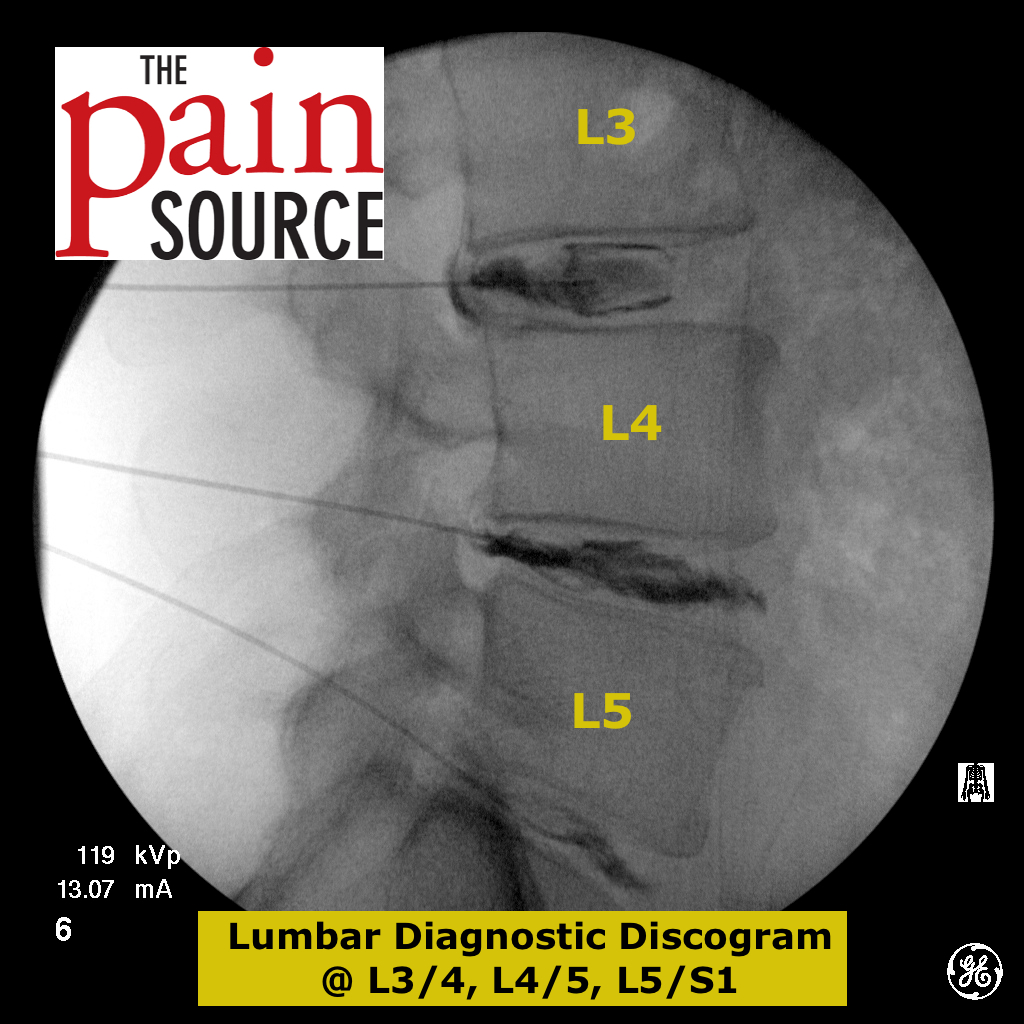By Chris Faubel, MD –

aka “Housemaid’s knee injection”, “Prepatellar bursitis injection”, Prepatellar bursa aspiration”
Indications
- Prepatellar Bursitis / Housemaid’s Knee
- ICD-9 code:
- 726.65 “prepatellar bursitis”
- ICD-10 code:
- M70.41 “prepatellar bursitis, right knee”
- M70.42 “prepatellar bursitis, left knee”
- ICD-9 code:
CPT code: 20610 “Arthrocentesis, aspiration and/or injection; major joint or bursa”
Materials Needed
- Gloves (non-sterile)
- Alcohol swabs (or betadine)
- Band-aid
- Numbing

This patient does NOT have prepatellar bursitis. Image shown only as an example of needle placement. - Ethyl chloride “numbing” spray
- 27-gauge 0.5″ tuberculin needle with syringe – for the skin wheal
- Fill with 1-ml of 1% lidocaine
- Aspiration
- 20 or 18-gauge 1.5 inch needle with 3-ml syringe [for aspirating and injecting] — may need larger syringe for aspirating
- Injecting
- Same needle as above, with new 3-ml syringe
- 1-ml of 40mg/ml Kenalog or Depo-Medrol
- 1–ml of 1% lidocaine
Note: If the patient has a fever, and/or the skin over the bursa is erythematous, warm, and swollen, it is NOT recommended to inject any steroids.
Technique / Procedure Steps
- Always start with informed consent from the patient, and then a time-out to verify correct patient and injection site.
- Patient position: Perform with patient seated and knees over edge of table, OR, lying supine with the knee slightly flexed (towel roll under knee)
- Mark the injection site with a pen tip to leave an impression mark.
- Clean the skin thoroughly with as many alcohol swabs as needed (usually only 1-2 are needed). Or clean with betadine and allow to dry completely.
- Spray ethyl chloride or other “numbing” spray over the injection site.
- With the tuberculin needle/syringe, enter nearly parallel to the skin over the injection site and create a skin wheal with 0.5ml 0f 1% lidocaine. Then advance the 0.5″ needle in the direction the injection needle with take, and anesthetize the bursa.
- If aspirating, use an 18 or 20-gauge needle and enter perpendicular to skin, into the bursa. Aspirate as much fluid as possible. If only injecting, you can use a 25-gauge needle.
- After aspirating, keep that needle in the bursa, and switch to the corticosteroid/lidocaine syringe.
- Inject the full contents of the syringe. Should flow easily.
- Withdraw the needle after syringe if fully empty, and apply band-aid.
Tips
- Finding the injection site
- The bursa should be rather obvious; but it usually resides over the anterior patella (inferior half).
- Numbing the skin
- Find out all about “Taking the Sting Out” (of injections) by going here.
- As noted above, use ethyl chloride (or other freezing spray), as well as a skin wheal to reduce the pain of this injection.
- After the injection
- Have the patient flex and extend their knee while you throw away supplies.
- Explain to the patient that the lidocaine will wear off in an hour or so, and that they may be back to their normal pain until the steroids start kicking in (anywhere from 1-7 days) — though just aspirating the fluid will help with the pain right away.
- May also ask the patient to not kneel or apply any direct pressure on the patella for 12-24 hours.
















Gaelic football road rash
Is it unusual for fluid to reaccumulate, how quickly, and can this be aspirated again within days if fluid builds back up? Thanks
Yes, it can definitely build up quickly. The main thing to worry about is an infectious process. Once that’s ruled out, the steroid injection works fairly well, but much like the knee, fluid can re-accumulate. The patient needs to remember to protect the area from pressure and trauma after the injection. If recurrent, many physicians refer to orthopedics for a possible removal of the bursa.